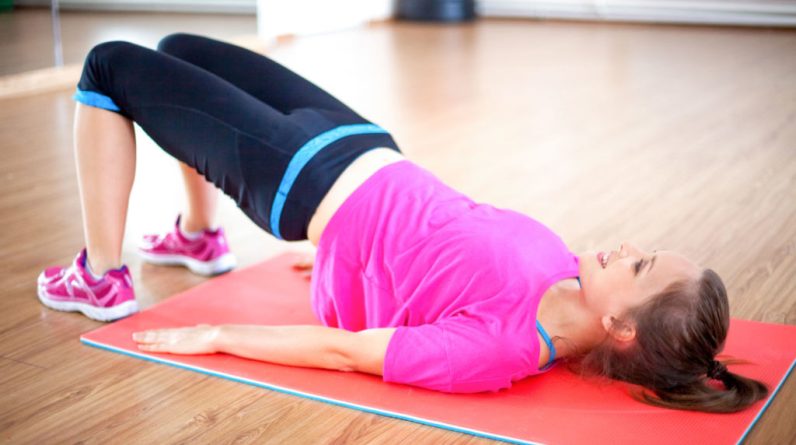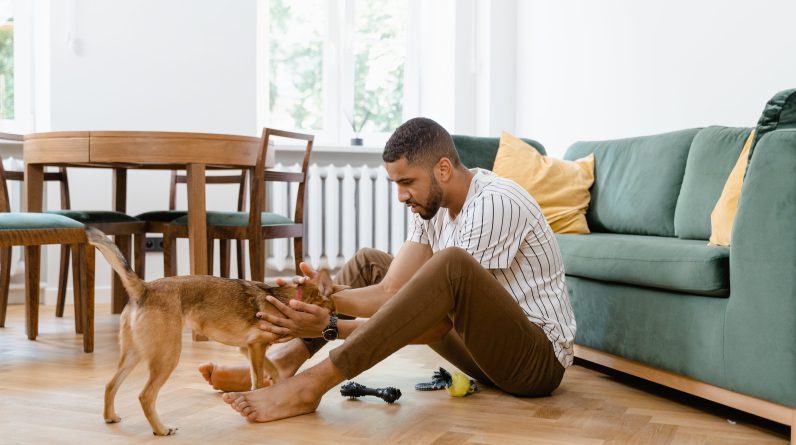
what is kegel exercise is designed to strengthen the pelvic floor muscles. These exercises help strengthen the muscles of the uterus, bladder, and intestines. Kegel exercises are beneficial for both men and women who have issues related to urinary incontinence or bowel control.
floor muscles support
The pelvic floor muscles support the uterus, bladder, small intestine, large intestine, and rectum and help prevent embarrassing incidents such as urinary incontinence, passing gas, or even fecal leakage (lack of control over bowel movements).
Weak pelvic floor muscles can lead to issues like the inability to control the bowels or bladder.
the pubococcygeus muscle :
Kegel exercises are designed to strengthen the pubococcygeus muscle of the pelvic floor. The exercise involves contracting and relaxing the muscles that make up the pelvic floor and are sometimes referred to as Kegel muscles.
Kegel Exercise Technique
Here is a beginner’s guide to practicing Kegel exercises:
1.Start by identifying the muscles that need strengthening. To locate the pelvic floor muscles:
for women :
For women, you can place a clean finger inside the vagina and contract the vaginal muscles around the finger, or you can stop urination midstream (this method is only for identifying the relevant muscles and should not be used after mastering the exercise), or tighten the muscles that prevent gas from escaping. If you can’t identify the pelvic floor muscles, it’s advisable to consult a gynecologist.
for men :
For men, you can identify the relevant muscles by inserting a finger into the rectum and attempting to press on it without engaging the abdominal, buttock, or thigh muscles, or you can stop urination midstream (similar to women, this method is only for identifying the relevant muscles and should not be used after mastering the exercise), or tighten the muscles that prevent gas from escaping.
Kegel exercises
2.Kegel exercises can be done at any time, but it’s recommended to start while lying down.
4.Repeat the process several times in a row, and you can try practicing the exercises while sitting, standing, or walking.
5.Maintain focus on performing the exercise while doing it for the best results.
Or buttock muscles
6.Avoid tensing or contracting the abdominal, thigh, or buttock muscles, and breathe freely during the exercise.
8.Avoid practicing Kegel exercises to start or stop urination, as some doctors believe it may lead to a urinary tract infection.
Women :
11.Mastery of Kegel exercises and achieving the desired benefits may take several months, especially in improving urinary control.
Kegel exercises for the pubococcygeus muscle:
The pubococcygeus muscle is located near the base of the testicles and the anal area, surrounding the rectum and the prostate gland.
This muscle is responsible for male ejaculatory strength, and exercising it can provide the following benefits for men:
benefits :
- Increased erectile strength.
- Enhanced ejaculatory control.
- Improved control over ejaculation speed.
- Increased prostate gland efficiency.
several types of exercises
Patients can begin learning Kegel exercises to strengthen the pubococcygeus muscle by voluntarily stopping the urine flow mid-stream during urination, with the muscle they feel suddenly stopping being the targeted one.
Kegel Exercises for Pubococcygeal Muscle Contraction:
This exercise is similar to the previous one, with the only difference being to start with a warm-up and stretch of the muscle before beginning the process of contracting and relaxing the pubococcygei muscle. Upon reaching the tenth repetition, continue contracting for 25 seconds, then take a one-minute break before repeating the exercise.
Extended Kegel Exercises for Pubococcygei Muscle Contraction:
In this Kegel exercise, the duration of contracting the pubococcygei muscle is increased to 35 seconds, followed by relaxation and then another 35-second contraction, and so on.
Kegel Exercises for Exhausting the Pubococcygei Muscle:
The exercise begins with sitting in a comfortable position, warming up the muscle area, and then initiating a strong contraction of the pubococcygei muscle from 30-50 times and slowly.
After that, firmly grasp the penis for 10 seconds, followed by rapid contraction and relaxation of the pubococcygei muscle from 30-50 times as well. When reaching the final repetition, contract the muscle for the longest possible duration, then take a 3-minute break before finishing the exercise with 40 strong pubococcygei muscle contractions.
The pubococcygei muscle
You should feel exhaustion and a burning sensation in the pubococcygei muscle area. It’s worth mentioning that this exercise is one of the most challenging Kegel exercises but also the most beneficial.
Important tips related to Kegel exercises:
Despite the benefits of Kegel exercises for both men and women, it’s crucial to pay attention to a few important matters:
1.Performing Kegel exercises forcefully or incorrectly in women can lead to excessive tightening of the vaginal muscles, causing discomfort during intercourse.
2.After mastering the exercises, it’s essential to avoid doing Kegel exercises while urinating, as it can weaken the pelvic floor muscles and potentially harm the kidneys and bladder.
doing the exercises
3.When you stop doing the exercises, the muscle will return to its previous state, so it’s important to commit to lifelong practice to ensure the continued benefits.
It may take several months to see the results of the exercises since you began practicing them.
Warnings regarding Kegel exercises:
- Avoid overdoing Kegel exercises to prevent potential harm and achieve the opposite result (muscles being unable to perform their basic functions).
known as pelvic floor exercises
Kegel exercises, also known as pelvic floor exercises, offer several important benefits. They can help strengthen the pelvic floor muscles, which can improve urinary control and prevent or alleviate issues like urinary incontinence. Additionally, Kegel exercises can enhance sexual satisfaction and may be particularly beneficial for postpartum women. Overall, incorporating Kegel exercises into your routine can contribute to better pelvic health and an improved quality of life. However, it’s essential to consult with a healthcare professional for guidance on the proper technique and suitability of these exercises for your specific needs.






